Creating an engaging and welcoming living space is a priority for many homeowners, and one essential element in achieving that goal is a well-designed and functional dresser. However, there may be instances where the height of your dresser doesn’t quite meet your needs or aesthetic preferences.
Whether you’re looking to maximize storage, add a touch of elegance, or simply improve the overall proportions of your dresser, this comprehensive guide will provide you with a variety of creative methods on how to add legs to a dresser.
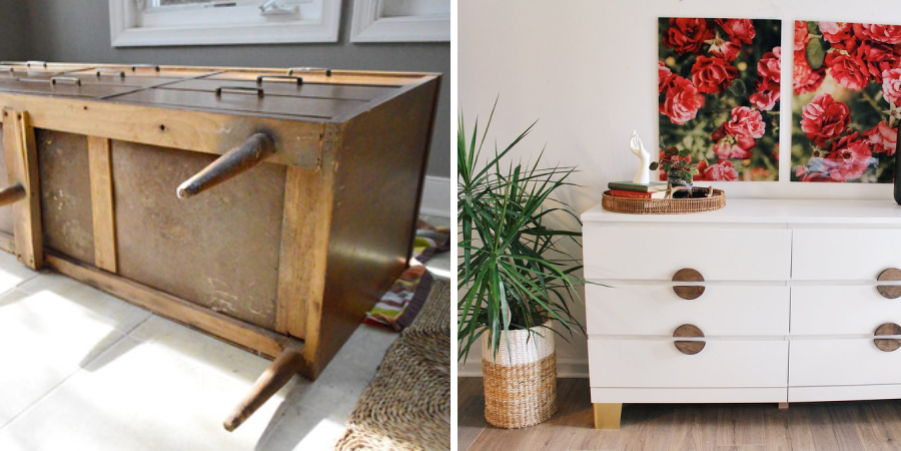
From adding legs to building a custom base, and repurposing furniture to incorporating decorative elements, we’ll explore ten innovative techniques that will elevate both the height and style of your dresser. Get ready to transform your living space and create a truly personalized and visually appealing piece of furniture that perfectly fits your needs.
Can You Add Legs to a Heavy Dresser?
Yes, you can add legs to a heavy dresser. Adding legs will raise the height of the dresser and provide more support for it. It is important to use sturdy legs that can bear the weight of your dresser. If you are not sure which type of leg or feet will work best with your dresser, consult an experienced furniture craftsman or carpenter before purchasing any parts.
When attaching legs to a heavy dresser, make sure that you use screws that are long enough for secure mounting, preferably at least 1-1/2 inches in length. Depending on how high you want to raise the dresser off the ground, you may need longer screws. A power drill should be used when screwing in the legs to ensure that they are firmly attached.
Finally, it is advisable to secure your heavy dresser to the wall with an appropriate anchoring system, such as wall anchors or lag screws. This will ensure that the dresser does not tip over and cause accidents or damage.
With a few simple steps, you can safely add legs to a heavy dresser and raise its height off the ground. Just make sure to use sturdy parts and secure mounting methods for optimal safety.
8 Methods on How to Add Legs to a Dresser
1. Add Caster Wheels
One of the easiest ways to add legs to a dresser is to simply add caster wheels. Caster wheels are small, round wheels that are attached to furniture legs. They make it easy to move furniture around, and they also add a bit of height to the piece.
If you want to be able to move your dresser around easily, then adding caster wheels is a great option. Although it won’t give your dresser a ton of height, it is an easy and affordable option. Make sure to select wheels that are strong enough to support the weight of your dresser.
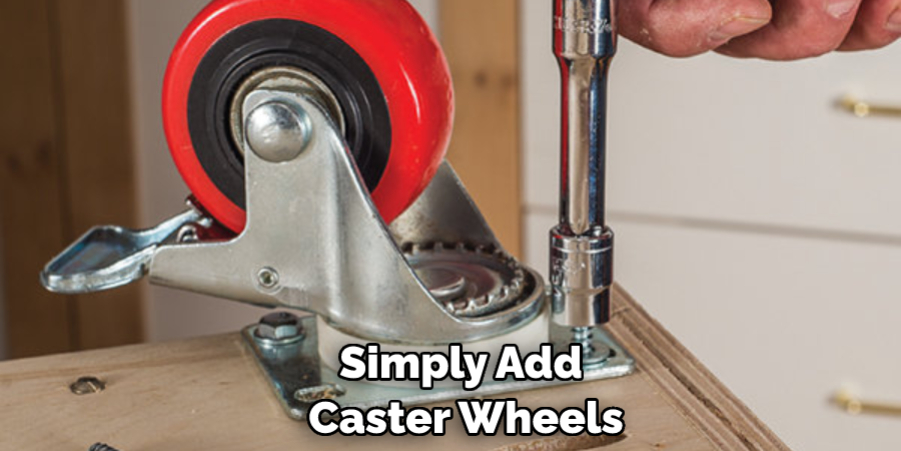
2. Attach Furniture Legs
Another way to add legs to a dresser is to simply attach furniture legs. Furniture legs come in a variety of styles and materials, so you should be able to find something that matches your dresser perfectly. You can attach the legs directly to the dresser using screws or nails, or you can use brackets for a more secure connection.
Once the legs are in place, make sure they are level and secure before you start using the dresser. Try to use the same type of screws and nails that came with the legs, if possible. This will ensure a stronger connection and help keep your dresser from wobbling. Finally, if you are using screw-in legs, add some wood glue to the screws before driving them in for extra security.
3. Add Bun Feet
Bun feet are another popular option for adding legs to a dresser. Bun feet are small, round feet that are attached to furniture legs. They add a bit of height to the piece and can also make it look more elegant. If you want your dresser to have a more sophisticated look, then adding bun feet is a great option.
To attach bun feet to your dresser, start by measuring the height of the feet. This will determine how high you need to drill your holes. Next, use a drill bit to create pilot holes in the dresser where you’ll attach your bun feet. Make sure these holes are wide enough to fit the screws that come with your feet.
4. Use Table Legs
If you want your dresser to be taller, then you may want to consider using table legs. Table legs are taller than traditional furniture legs and can give your dresser a completely new look. You can find table legs at most home improvement stores or online retailers.
Once you have the legs, you need to measure and mark where you want to attach the new legs. Next, use a drill and screws to secure the legs of your dresser. Once you have the legs attached, you can enjoy your newly elevated piece of furniture!
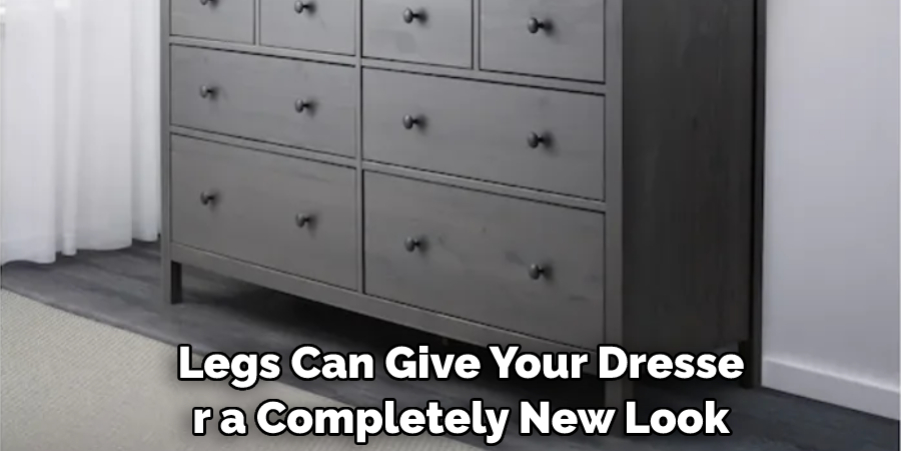
5. Use Pipe Legs
Pipe legs are another great option for adding height to a dresser. Pipe legs are made from metal pipes and can be found at most home improvement stores or online retailers. You will need to drill holes into the dresser in order to attach the pipe legs, but this is a relatively easy process.
Once all of the legs are in place, you can add a coat of paint or stain to match your existing décor. Pipe legs provide a modern and industrial look to furniture, so they are a great option if you are looking for something unique.
6. Add L-Brackets
If you want an easy way to add legs to a dresser, then you may want to consider using L-brackets. L-brackets are small metal brackets that are used to attach furniture legs to the frame of the piece. You can find L-brackets at most hardware stores or online retailers. Simply attach the brackets to the frame of the dresser using screws or nails and then screw or nail the furniture legs into place.
7. Use Dowels
Dowels are small rods of wood that can be used in lieu of furniture legs. Dowels can be found at most hardware stores or online retailers. To use dowels, simply drill holes into the bottom of the dresser and insert the dowels into the holes. Make sure to use a strong adhesive or wood glue to secure the dowels into place.
This will ensure that your new legs can support the weight of the dresser. Finally, you can add a decorative touch by painting or staining the dowels to match the rest of your furniture. Doing so will give your dresser a more cohesive look. With these steps, you can add legs to any dresser with ease.
8. Make Your Own Legs
If you’re feeling creative, then you can always make your own legs for the dresser. You can buy wooden dowels in various lengths, shapes, and sizes from your local hardware store. Once you have the dowels, measure the length of each leg that you’ll need, then cut them to size with a saw.
If you’re an experienced woodworker, you can sand the dowels and add some decorative details to make them look more attractive. Attaching the legs is easy; just use wood screws and a drill to secure them to the bottom of the dresser.
Some Common Mistakes When Adding Legs to a Dresser
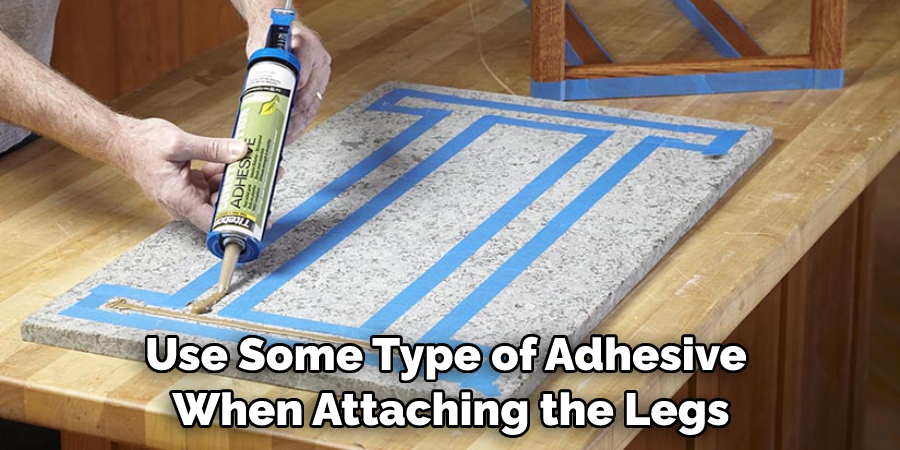
1. Not Measuring Twice:
Before installing the legs, be sure to measure them twice against the body of the dresser – once for accuracy and once for double-checking. Measure the length, width, and depth of all four corners of the dresser’s body to make sure the legs fit properly.
2. Not Choosing the Right Legs:
When selecting legs for your dresser, be sure to pick legs that are strong enough to support the weight of the dresser and its contents. If you’re unsure, err on the side of caution and choose extra-sturdy legs over lighter-weight options.
3. Skipping Glue:
If possible, use some type of adhesive when attaching the legs to your dresser – this will help keep them secure over time. For added security, opt for an industrial-strength glue or epoxy.
4. Overlooking Finishing Touches:
Once you’ve attached your new legs to the body of the dresser, be sure to take time to caulk and paint around the legs for a finished look. This will help keep the dresser looking good, even after years of use.
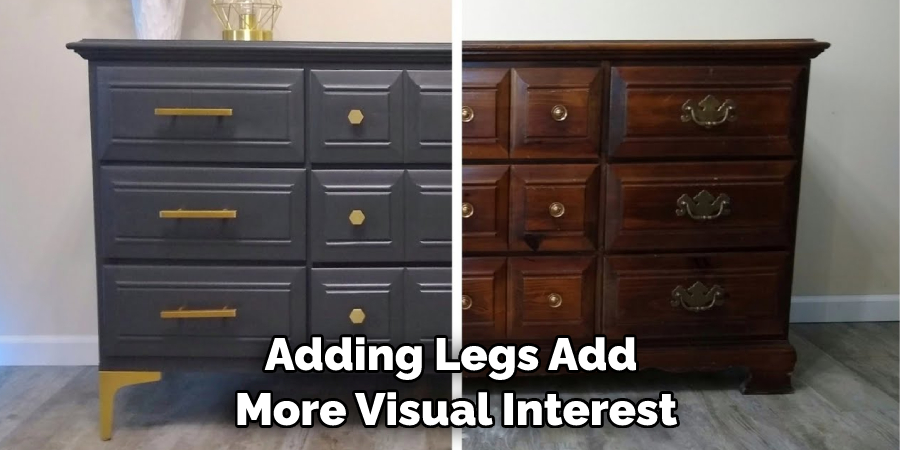
Conclusion
Adding legs to a dresser is not a difficult project. Whether you are fixing up an old piece of furniture or making a modern statement piece, adding legs can make the biggest impact. Not only does adding legs add more visual interest and balance to your design, but it also increases the overall stability and sturdiness of the dresser.
By following these simple steps, you now have all the information you need to get started in transforming your dresser into something beautiful and functional! So, there you have it – a quick and easy guide on how to add legs to a dresser.
